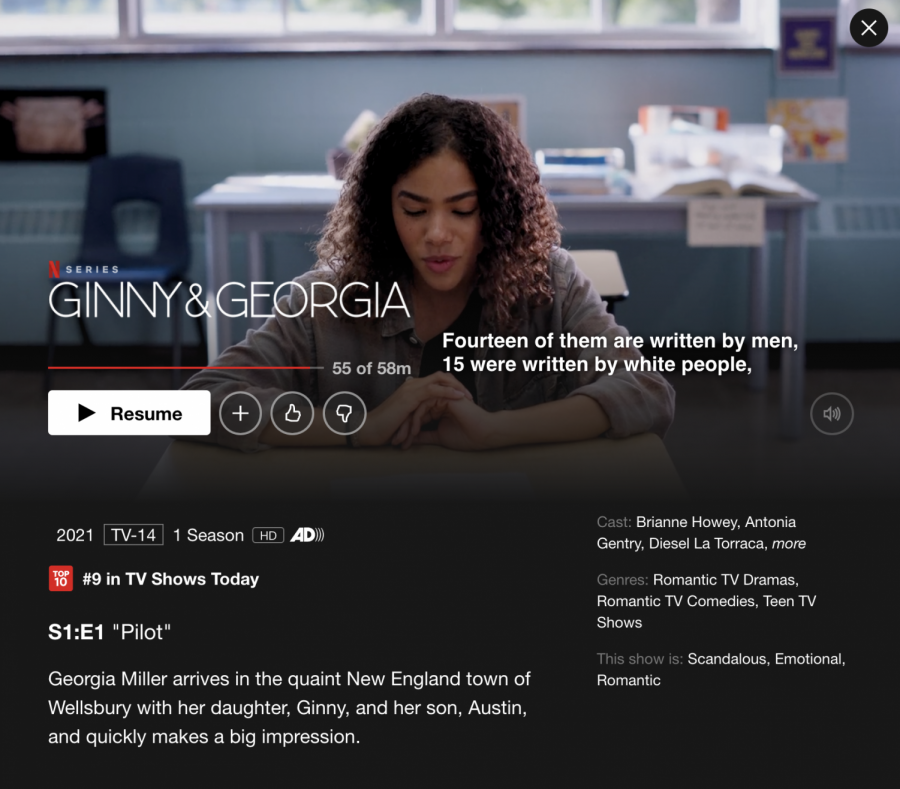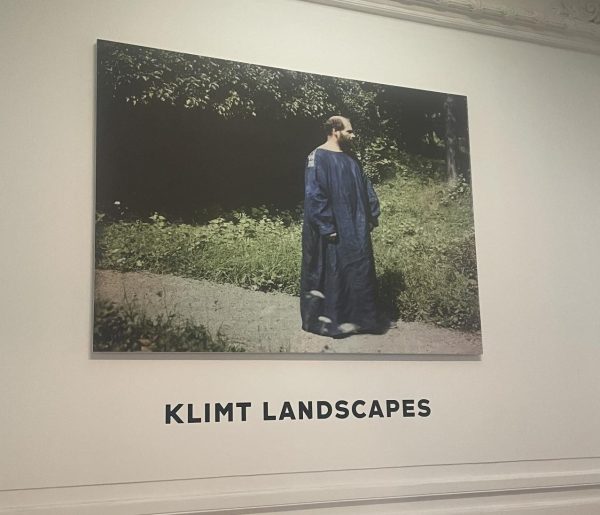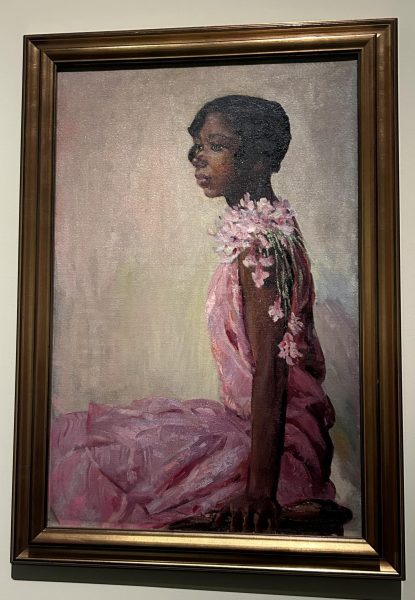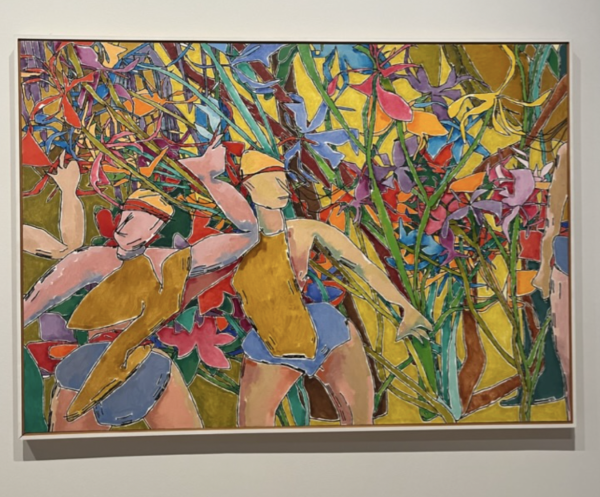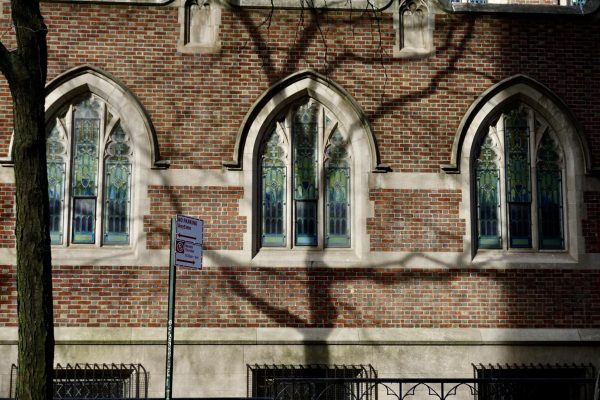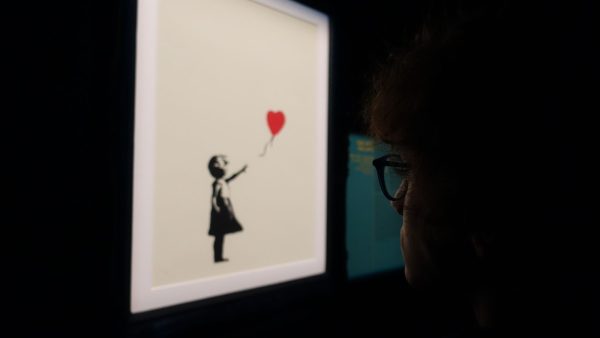Some Thoughts on the New Netflix Series ‘Ginny And Georgia’
What made this show feel underdeveloped?
Rose Marabello / Screenshot of Netflix's 'Ginny and Georgia'
Netflix’s new show, ‘Ginny and Georgia’ discusses many issues, but perhaps not in the right way.
The new hit Netflix original series Ginny and Georgia, is a rollercoaster of a show — perhaps not in a good way. The plot revolves around teen mom Georgia Miller, her teenage daughter Ginny, and Ginny’s younger brother Austin, and touches upon a range of issues such as biracial identity, bullying, racism, political corruption, sexism, peer pressure, and class disparities. While a lot of these topics should be portrayed more frequently in film, Ginny and Georgia’s writers have tried to tackle all of them, creating a messy show with a lot of plot holes.
In one such attempt to explore a heavy topic, one of Ginny’s friends, Abby, is shown to have severe body image issues to the point where she duct tapes her thighs in order to better shape her legs. The music that accompanies this scene makes it seem dark and dramatic. However, the show then completely shifts gears and in the next scene, we see Ginny and Abby at a slumber party with their friends. It could be argued that this contrast between the scenes was added for the shock value and to serve as a reminder of the stark differences between what people are actually going through and what they will show to others, but Abby’s body image issues are not addressed in any detail throughout the rest of the show, aside from indirect background references.
There are several other plot threads in the show that are simply disregarded, including Austin’s untreated mental health issues, and the tension between Georgia and her main rival in town, Cynthia. It seemed like the producers came up with a list of topics that they wanted to mention in the show, but the sheer amount of these plots cheapened the effect of each individual story. “I feel like there was so much wasted potential when it came to the subplots of the show, as they were all so interesting but just completely forgotten about,” Sophia Randall ’22 said.
Tokenization was a major issue that I found in this show, especially with characters who were part of the LGBTQ+ community. Most of the main characters were cisgendered and straight, and there were only a few LGBTQ members. One was Maxine Baker, Ginny’s first friend in the school. Maxine is very fast-talking and can be dramatic, and the only thing she cares about is getting a girlfriend. In fact, this trait was so strong that she often ignores her friends’ problems in favor of talking about her romances. There is no change in this throughout the season, and by the end of Season 1, Maxine is still very self-involved, and has not shown any sympathy towards her friends. The second openly LGBTQ character was Nick, Georgia’s gay coworker in the mayor’s office. He serves comedic relief and as Georgia’s “gay best friend,” and there is no other depth to his character. The two Asian friends that Ginny has, Norah and Hunter, are passive and go to lengths to keep their heads down. Norah never stands up for herself or anyone else, and is shown to be submissive. Hunter says to Ginny that he prefers to keep a low profile when faced with discrimination. This was another stereotype that lessened the enjoyability of the show.
Relationships in this show were extremely toxic, but shown to be positive ones. For example, Ginny’s relationship with Marcus is generally seen as a positive one, despite the fact that he breaks into her room several times unsolicited. It was disturbing how this show portrayed that as romantic. Additionally, Ginny’s dad, Zion, manipulates Georgia several times, yet the show made it seem like it would be good if they stayed together.
One of the few heavy plot-lines that is fully explored is Georgia’s backstory and childhood. The show constantly switches between the present and flashbacks of Georgia’s memories, where the audience can see Georgia suffer from abuse at the hands of her stepfather. The contrast between the abuse that Georgia used to endure and the lavish and comfortable life that she lives in the present is undoubtedly effective and could be empowering for women. However, the ‘black widow’ trope that is used to represent Georgia in her new life is unnecessary and honestly takes away from the show. She is portrayed as “cool” since she now uses men to get what she wants. There is nothing wrong (and in fact, everything right) with an intelligent woman outsmarting a man at his own game, but it is an overused trope. It would have been refreshing for this show to provide young girls with a female role model who was more in tune with real women.
Finally, one of the most confusing parts about this show was the inclusion of many micro-aggressions without the accompaniment of any response whatsoever. For example, at one point Ginny’s friend Maxine insults masculine lesbians, and this was never called out or even brought up again. In addition, non-white characters such as Ginny and Hunter make self-depricating jokes about race, which makes for uncomfortable viewing since most of the writers of the show are caucasians. Failure to accurately portray non white and biracial characters causes an unbalance with the premise of the whole show. The lack of diversity in the writers’ room contributes majorly to the show’s messy and problematic feel, which will hopefully be dealt with in the near future, as Ginny and Georgia moves towards being renewed for its second season.
To watch Ginny and Georgia on Netflix (subscription required), click HERE.
The new hit Netflix original series Ginny and Georgia, is a rollercoaster of a show — perhaps not in a good way.
Rose Marabello is an Arts and Entertainment Section Editor for ‘The Science Survey.’ She enjoys writing engaging articles that showcase the brilliance...

